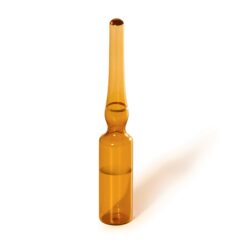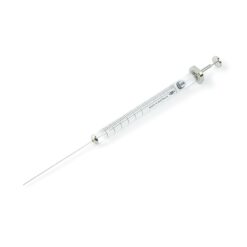-
×
 Electropolished 316L Stainless-Steel Tubing, Sulfinert Treated, 0.180" ID x 1/4" OD, 0.035" Wall, Sold by the ft, Min Length 101 ft, Max Coil Length 300 ft
1 × $48.00
Electropolished 316L Stainless-Steel Tubing, Sulfinert Treated, 0.180" ID x 1/4" OD, 0.035" Wall, Sold by the ft, Min Length 101 ft, Max Coil Length 300 ft
1 × $48.00 -
×
 Electropolished 316L Stainless-Steel Tubing, Sulfinert Treated, 0.180" ID x 1/4" OD, 0.035" Wall, 25 ft Roll
1 × $1,368.00
Electropolished 316L Stainless-Steel Tubing, Sulfinert Treated, 0.180" ID x 1/4" OD, 0.035" Wall, 25 ft Roll
1 × $1,368.00 -
×
 Electropolished 316L Stainless-Steel Tubing, Silcosteel-CR Treated, 0.085" ID x 1/8" OD, 0.020" Wall, Sold by the ft, Min Length 61 ft, Max Coil Length 75 ft
1 × $49.00
Electropolished 316L Stainless-Steel Tubing, Silcosteel-CR Treated, 0.085" ID x 1/8" OD, 0.020" Wall, Sold by the ft, Min Length 61 ft, Max Coil Length 75 ft
1 × $49.00 -
×
 Seamless 316L Stainless-Steel Tubing, Silcosteel-CR Treated, 0.055" ID x 1/8" OD, 0.035" Wall, 10 ft Roll
1 × $324.00
Seamless 316L Stainless-Steel Tubing, Silcosteel-CR Treated, 0.055" ID x 1/8" OD, 0.035" Wall, 10 ft Roll
1 × $324.00 -
×
 Electropolished 316L Stainless-Steel Tubing, Silcosteel-CR Treated, 0.085" ID x 1/8" OD, 0.020" Wall, 25 ft Roll
1 × $1,397.00
Electropolished 316L Stainless-Steel Tubing, Silcosteel-CR Treated, 0.085" ID x 1/8" OD, 0.020" Wall, 25 ft Roll
1 × $1,397.00 -
×
 Aluminum Crimp-Top Seals with PTFE/Red Rubber Septa, Blue, 2.0 mL, 11 mm, 1000-pk.
1 × $170.00
Aluminum Crimp-Top Seals with PTFE/Red Rubber Septa, Blue, 2.0 mL, 11 mm, 1000-pk.
1 × $170.00 -
×
 8270 Benzidines Mix, 2000 µg/mL, Methanol, 1 mL/ampul
1 × $44.00
8270 Benzidines Mix, 2000 µg/mL, Methanol, 1 mL/ampul
1 × $44.00 -
×
 PAL Smart Headspace Syringe, 2250 µL (glue-free, fixed/23 G/Sideport), for Tool HS2500
1 × $466.00
PAL Smart Headspace Syringe, 2250 µL (glue-free, fixed/23 G/Sideport), for Tool HS2500
1 × $466.00 -
×
 Acid Matrix Spike Mix, 10,000 µg/mL, Methanol, 5 mL/ampul
1 × $120.00
Acid Matrix Spike Mix, 10,000 µg/mL, Methanol, 5 mL/ampul
1 × $120.00 -
×
 Acid Surrogate Mix (3/90 SOW), 7500 µg/mL, Methanol, 1 mL/ampul
1 × $80.00
Acid Surrogate Mix (3/90 SOW), 7500 µg/mL, Methanol, 1 mL/ampul
1 × $80.00 -
×
 2,2',3,4,4',5'-Hexachlorobiphenyl (BZ #138) Standard, 50 µg/mL in Acetonitrile, 5 mL/ampul
1 × $30.00
2,2',3,4,4',5'-Hexachlorobiphenyl (BZ #138) Standard, 50 µg/mL in Acetonitrile, 5 mL/ampul
1 × $30.00 -
×
 502.2 Calibration Mix #1 (gases), 2000 µg/mL, P&T Methanol, 1 mL/ampul
1 × $49.00
502.2 Calibration Mix #1 (gases), 2000 µg/mL, P&T Methanol, 1 mL/ampul
1 × $49.00 -
×
 2,2',3,4,4',5'-Hexachlorobiphenyl (BZ #138) Standard, 10 µg/mL, Isooctane, 1 mL/ampul
1 × $28.00
2,2',3,4,4',5'-Hexachlorobiphenyl (BZ #138) Standard, 10 µg/mL, Isooctane, 1 mL/ampul
1 × $28.00 -
×
 Syringe, SGE (5 µL/F/26/50 mm/2pt), SuperfleX Flexible Plunger, Microliter
1 × $85.00
Syringe, SGE (5 µL/F/26/50 mm/2pt), SuperfleX Flexible Plunger, Microliter
1 × $85.00 -
×
 Syringe, 500 µL, A-2 Luer Lock Gas-Tight
1 × $111.00
Syringe, 500 µL, A-2 Luer Lock Gas-Tight
1 × $111.00 -
×
 Acid Surrogate Mix (3/90 SOW), 7500 µg/mL, Methanol, 5 mL/ampul
1 × $167.00
Acid Surrogate Mix (3/90 SOW), 7500 µg/mL, Methanol, 5 mL/ampul
1 × $167.00 -
×
 Base Neutral Matrix Spike Mix, 1000 µg/mL, Methanol, 1 mL/ampul, 15-pk.
1 × $424.00
Base Neutral Matrix Spike Mix, 1000 µg/mL, Methanol, 1 mL/ampul, 15-pk.
1 × $424.00 -
×
 1,4-Dioxane Standard, 2000 µg/mL, Methylene Chloride, 1 mL/ampul
1 × $32.00
1,4-Dioxane Standard, 2000 µg/mL, Methylene Chloride, 1 mL/ampul
1 × $32.00 -
×
 2-Fluorobiphenyl Standard, 10,000 µg/mL, Methylene Chloride, 1 mL/ampul
1 × $41.00
2-Fluorobiphenyl Standard, 10,000 µg/mL, Methylene Chloride, 1 mL/ampul
1 × $41.00 -
×
 Norm-Ject Plastic Syringe, 20 mL Luer Lock Tip, 100-pk.
1 × $67.00
Norm-Ject Plastic Syringe, 20 mL Luer Lock Tip, 100-pk.
1 × $67.00 -
×
 1,4-Dioxane Standard, 1.9 mg/mL, DMSO, 1 mL/ampul
1 × $36.00
1,4-Dioxane Standard, 1.9 mg/mL, DMSO, 1 mL/ampul
1 × $36.00
Silylation Derivatization Reagent, MSTFA (N-Methyl-N-Trimethylsilyltrifluoroacetamide), 10×1 g Vials, 10-pk.
$117.00
Silylation is the most widely used derivatization procedure for sample analysis by GC. In silylation, an active hydrogen is replaced by an alkylsilyl group such as trimethylsilyl (TMS) or tert-butyldimethylsilyl (tert-BDMS). Silyl derivatives are more volatile, less polar, and more thermally stable. As a result, GC separation is improved, and detection is enhanced.
Both TMS and tert-BDMS reagents are suitable for a wide variety of compounds and can be used for many GC applications. (Note that silylation reagents are generally moisture-sensitive and must be sealed to prevent deactivation.)
Features & Benefits
- Replace active hydrogen, reducing polarity and making the compounds more volatile.
- Increase stability of derivatives.
| Weight | 0.15 lbs |
|---|---|
| Dimensions | 9 × 9 × 3 in |
Related products
Single-Component
$37.00
Purchase & earn 2 points!
$32.00
Purchase & earn 2 points!
$31.00
Purchase & earn 2 points!
Single-Component
$39.00
Purchase & earn 2 points!
Single-Component
1,1,1-Trichloroethane Standard, 2000 µg/mL, P&T Methanol, 1 mL/ampul
$34.00
Purchase & earn 2 points!
Single-Component
515.4 Herbicide Internal Standard (4,4′-Dibromooctafluorobiphenyl), 2000 µg/mL, MTBE, 1 mL/ampul
$34.00
Purchase & earn 2 points!
$69.00
Purchase & earn 3 points!
Single-Component
MA VPH Surrogate Standard (2,5-Dibromotoluene), 10,000 µg/mL, P&T Methanol, 1 mL/ampul
$32.00
Purchase & earn 2 points!





